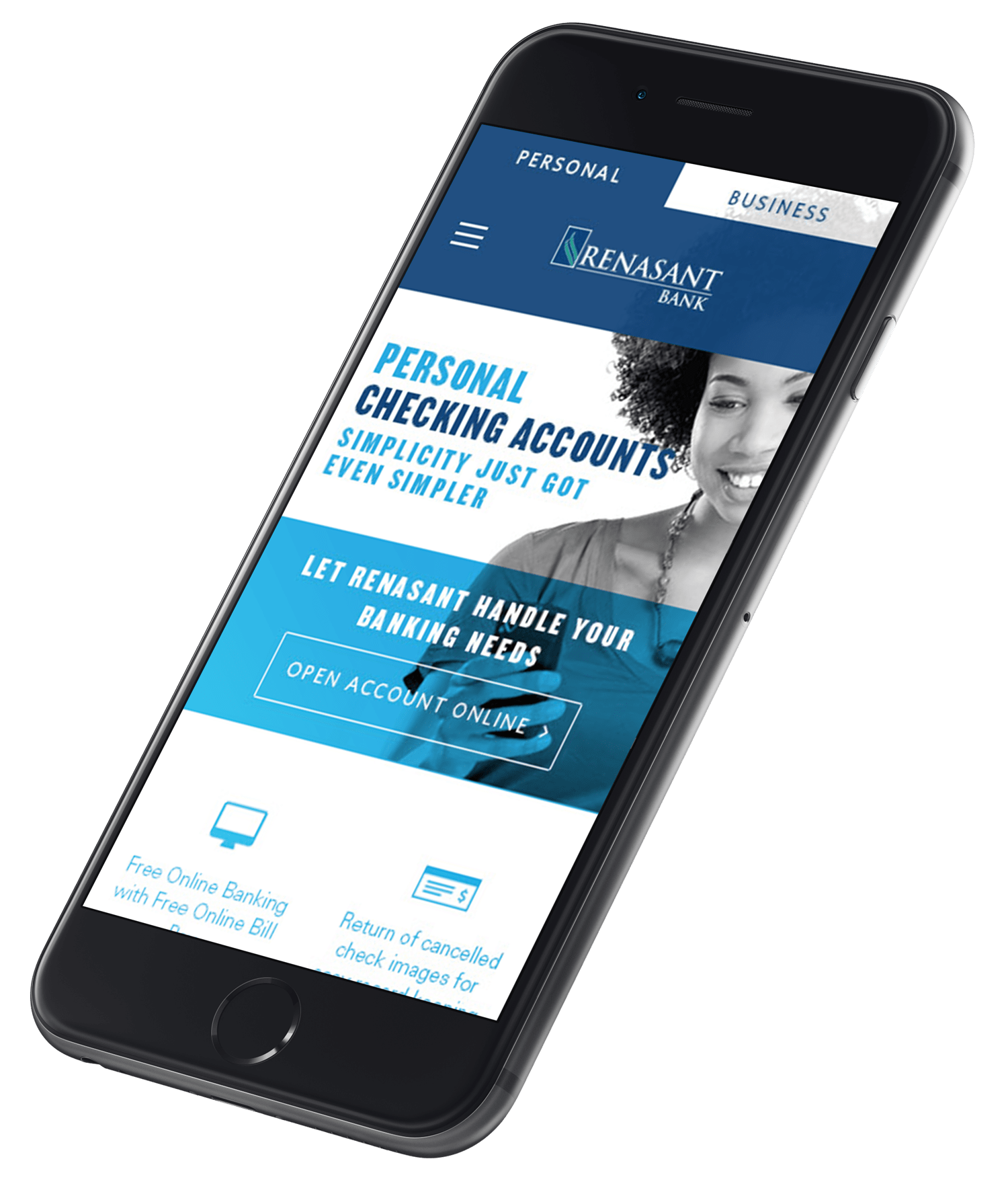Consumers don’t think about banking.
As bold as that statement might be, it probably doesn’t really rattle your cage. Now think about how you talk about your clients with your peers—within the bank.
“Earn up to half a basis point more on our demand deposit product by meeting four of our seven simple qualifying criteria.”
But consumers don’t think about banking. Bankers think about banking.
Now that doesn’t mean that consumers’ minds aren’t on financial topics. They just don’t think about it like you and I do. They’ve never studied the Truth in Lending Act and certainly don’t know the difference between an investment advisor and a fiduciary—or even that interest is cool because it compounds.
Consumers think about…
Making ends meet.
Can I afford a new house for when the baby comes?
Am I going to be able to retire?
How do I save more money?
Or even more simply:
How do I take care of my family?
Can I avoid being a financial screwup?
Most of us meet those questions with bank speak: “Earn 1.23% APY With a Flexible Savings Account.”
Or even worse, a robot impersonating a human: “I Can Bank While I Wait in Line at the Food Truck.”
Yes, those are real examples, and not just special cases. We see a lot of similar ads.
In the financial industry, we think about banking. In the real world, people just think about money.
For most Americans, their bank is just where their money is deposited. A vast majority (82 percent) of US workers have their paychecks direct deposited*—pretty impressive adoption seeing as how almost 7 percent of households don’t even have bank accounts. Their money goes into an account, they check the balance online, and they use a debit card to spend the money.
Other than a random fee, promotional email, or account hiccup, most Americans don’t think about their bank or banking at all. And there is no more brand loyalty associated with banks (the institutions most Americans trust with their entire net worth) than any other retail category. In fact, eight in 10 millennials would switch banks for better rewards.** Sure, millennials have lower brand loyalty than other generations, but not by much.
But they worry about money a lot. We’ve all heard the stats:
- 43 percent of people with student loans aren’t making payments on those loans.
- One-third of Americans haven’t saved a single cent for retirement.
- Two-thirds of Americans couldn’t pass a very simple financial literacy test.
One reason people don’t think about banking is because they don’t understand it. I have a brain, and I’m very invested in the health of my brain, but I don’t think about neuroscience too often, because I just don’t understand it.
Your clients don’t understand finances, but they do have to use them every day. That’s incredibly frustrating, and leads to an incredibly striking stat: more than half of Americans have cried about money.
Why?
Maybe it’s because I could rock the Pythagorean theorem by 9th grade but didn’t know how to use a check register until I was in my 20s. Was it the school’s fault? Maybe. My parents? They tried—trust me. Some of my friends’ parents never mentioned money, though—because they didn’t understand it either.
But there’s a difference between fault and responsibility.
Maybe it’s no one’s fault—and by that logic, everyone’s fault. But let’s not assign blame. Let’s talk about responsibility and, even more than that, opportunity.
Your bank can take responsibility for your clients’ financial fitness, and in return, you can reap the rewards of having more financially literate clients.
I don’t think bankers intentionally do a poor job of explaining banking to their clients.
I suspect it’s much more innocuous than that.
Our minds are on banking—so much—all day, we simply forget that the consumer doesn’t think about money in our terms.
Bankers, like everyone in business, think, “I know my customers because they’re like me.” But that’s just not true, because you are a banker and your clients aren’t bankers.
My boss will often compare it to hunting ducks. When you hunt ducks, you probably quack like a duck and put decoys out to look like a duck, but your role is not to be a duck. You may understand ducks very well, but the moment you become a duck, the very nature of the transaction changes.
You have to remember that you are not the client. The client is not you. You’re there to serve the client—and it’s better for everyone when you serve on the clients’ terms.
And your clients and prospective clients need to know how banking works. Or you at least have to translate banking enough so the client can understand his/her role. And if you can tell them, you will forever be the easy and approachable bank in their mind. And the earlier you start, the more your bank will benefit.
Imagine this scenario. You explain the basics of automatic savings products, the way compounding interest works in your IRA accounts, and the benefits of having a checking account with FDIC insurance to a recent high school graduate who is about to start a summer job before going off to college. If that student takes any of your teachings to heart, they’re going to graduate from college with a little money and a good idea of how to stretch their new big-boy salary a little further.
That client is likely going to meet someone, fall in love, get a promotion, get married, buy a house, have some kids, buy a bigger house, open a college savings account, take out a HELOC, double down on retirement, open a trust account, and the list goes on.
Where do you think they’re going to open those accounts? At the bank that taught them how money works—the bank that related to them on their terms.
That is, if they know how banking and money work. Otherwise, they’ll open a checking account, leave a few hundred dollars in it each month, live paycheck to paycheck, and never really learn how to grow their wealth.
Most bank products were created to meet a client’s needs. But bankers accidentally explain those products with bankerly jargon. So opening their eyes to the possibilities offered by a wider range of financial products brings your clients value—if you can connect on the clients’ terms. It empowers your client while increasing your bank’s share of wallet.
(Side note: FDIC is a real big “duh” for us bankers, but most bank clients have no idea what it means—no matter how many tiny logos we put on ads or obscure plaques are displayed in our lobbies. Tide has been reminding Americans for more than half a decade that “Tide cleans clothes.” Duh, it’s clothing detergent. But they’re beating their competition. Be the only bank in America that truly reminds clients that their money is insured. Who cares if your competitors think it’s silly?)
Community banks are here to help the community. Let’s help them—first by helping them understand.
So you’re asking, “But, JB, it’s so complex—where do we even start?”
Well, the foremost experts in banking in your community are at your bank. Start with your clients. They’ll be so happy they’ll tell their friends. So then explain banking to your clients’ friends. After that, go to the young families in your community (they’re probably applying for homes with your mortgage department). Visit the schools (there are plenty of financial literacy packages to sponsor and/or use outright). Write about it on your website—nothing too fancy.
Tell them how banking works. Help them protect their finances and plan to grow their wealth. They’ll remember you for it.
*Nacha (The Electronic Payments Association)
**https://thefinancialbrand.com/64222/millennial-switching-banking-marketing-checking-accounts/




